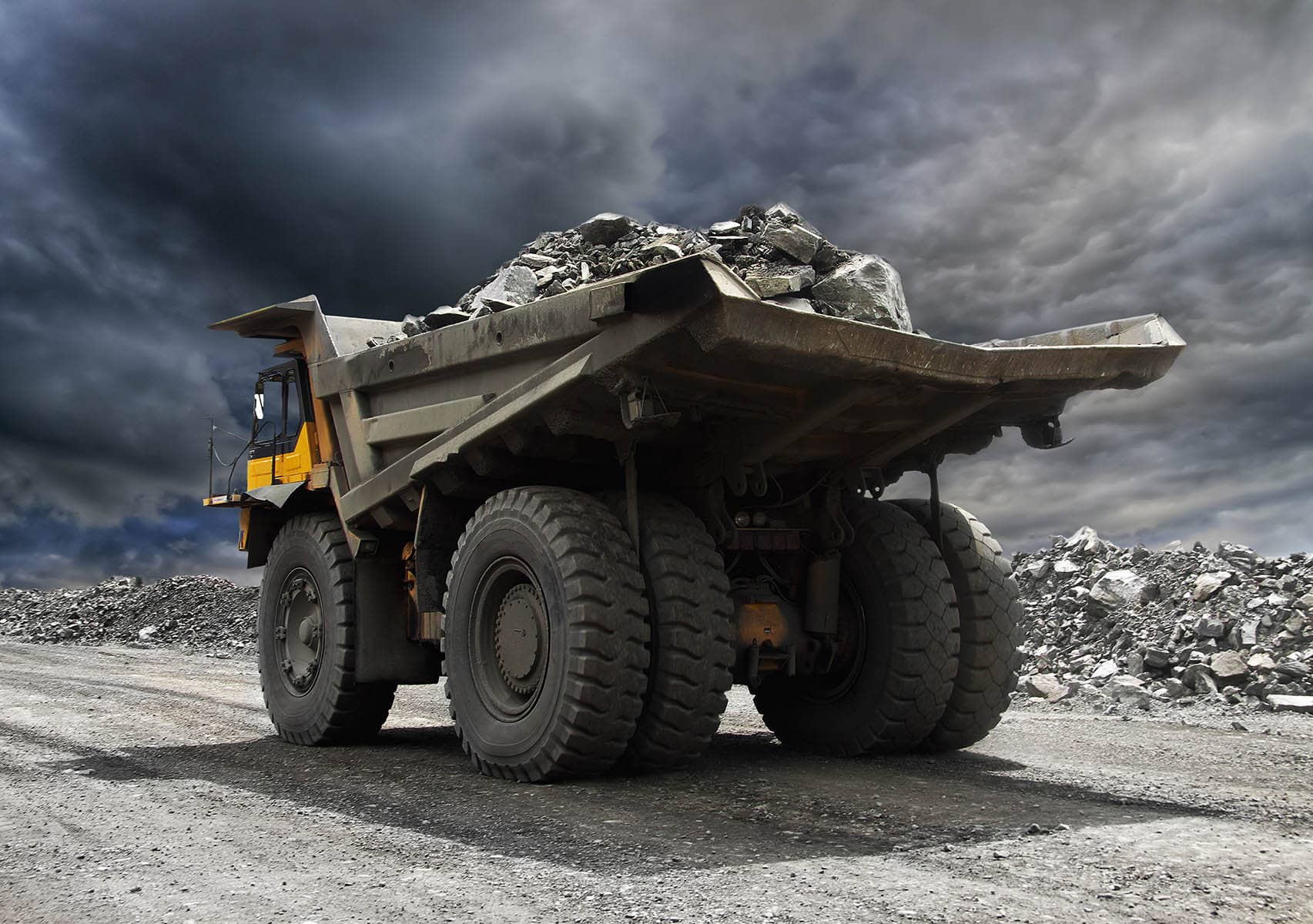Could the Australian Dollar Suffer on a Chinese Commodity Control?

Image © Adobe Images
"Get ready for a showdown and sell the Aussie dollar as well as Rio Tinto, BHP and Anglo American" - John Meyer at SP Angel.
China this week issued strong hints it plans to strengthen controls on raw material markets in order to help limit rising costs faced by businesses amidst a surge in commodity prices.
Given the Australian Dollar's value rests heavily with the value of the raw materials it exports to China, the developments pose an additional consideration for those betting on a stronger Aussie Dollar in 2021.
Successive warnings from China’s top politicians about raw material prices hurt sentiment across industrial metals markets, although the concerns are yet to be realised in commodity prices.
Chinese Premier Li Keqiang said there was a need to strengthen market regulation of raw materials to ease cost pressures for companies amid rising global commodities prices, China's official Xinhua news agency reported.
Chinese vice-premier Liu He, who chairs the country’s Financial Stability and Development Commission, on Thursday warned about the need to keep prices stable after producer price inflation rose 4% – the fastest annual pace in nearly three years.
"China is potentially looking to limit and control commodity prices as raw material price rises lead inflation higher," says John Meyer, Head of Research at SP Angel, a broker in London. "China may be about to change the rules of the commodity price game – and guess what it is big and bad enough to do so!"
Secure a retail exchange rate that is between 3-5% stronger than offered by leading banks, learn more.
Meyer says the developments are likely to raise concern for commodity producers, "if you are a commodity trader and your metal is on a boat to China you may be forgiven for wanting to turn that boat around."
Meyer says if China sets a price for copper then Chinese consumers will be legally obliged to pay that price.
"That's what ‘regimes’ can do," he says. "And if you want to sell your metal into the world’s single largest consumer of raw materials then you will have to take whatever price they choose to set for you."
Australia is currently the largest supplier of iron ore to China, and the rise in prices over the course of 2020 and 2021 have proved a boon for the country's balance of payments owing to the trade surpluses it now prints.
A trade surplus arises when a country earns more from exports than it pays out for exports and is therefore understandably a source of fundamental support for a currency.
It therefore stands that lower earnings on any cost controls in China could well diminish the Australian Dollar's shine.
On iron ore market dynamics: "get ready for a showdown and sell the Aussie dollar as well as Rio Tinto, BHP and Anglo American," says Meyer.
{wbamp-hide start} {wbamp-hide end}{wbamp-show start}{wbamp-show end}
"If China sets an iron ore price at half the current price, what are the big iron ore players going to do about it as China now accounts for 73% of all iron ore seaborne trade," he adds.
SP Angel says China imported 1.17BN tons of iron ore last year so that’s 702mt of iron ore worth some US$81BN or 36% of total Australian exports.
"Or to put it another way it’s six times the value of total Australian alcohol consumption and that’s a big number," he says.
China could however find that such controls deliver unintended consequences, one being that the threat of price limits may cause producers to hold back on plans for expansion thus making any future supply / demand imbalance worse.




